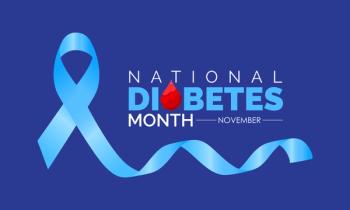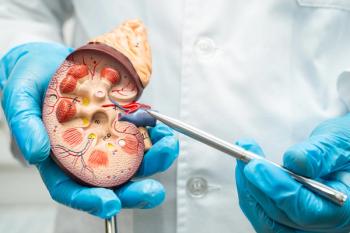
Biosimilar Breakdown: A Guide for Pharmacists
Discussion around biologics, biosimilars and interchangeability has been spreading in our pharmacies and in our legislatures for years now. So what's all the fuss about?
Biosimilars and interchangeable biological products have been a matter of discussion for several years now.
These products have been in the spotlight for state legislatures and practicing pharmacists ever since the Unites States passed the Biologic Price Competition and Innovation (BCPI) Act in 2009.
With the
Here’s a quick breakdown of the biosimilar discussion points that every pharmacist should know:
Biosimilars 101
To understand biosimilars, pharmacists must first understand biological products and how they differ from small molecule drugs that are more widely available in the market.
Biological products are medical or pharmaceutical products that are grown in living tissue as part of their manufacturing process. Using this method, it is currently impossible for manufacturers to create completely identical copies of an originator biological product when it comes off patent.
However, they can generate a molecule with no clinically meaningful differences in the active components of the product. This is what we call a biosimilar.
Can
No, but that is primarily because the FDA has made a distinction between biosimilar products and products that will be approved under a pathway that requires a higher standard of clinical evidence for safe interchangeability.
The BPCI Act aptly refers to these products as “interchangeable biological products.” In order to be considered this way, a product must not only meet the standards of biosimilarity, but also prove that it can be expected to produce the same clinical result as the reference product in any given patient.
Under the act, a biological product that is administered more than once to an individual must demonstrate that “the risk in terms of safety or diminished efficacy of alternating or switching between use of the biological product and the reference product is not greater than the risk of using the reference product without such alternation or switch.”
Although the FDA is still finalizing its guidance on exactly how this must be demonstrated, common logic would dictate that the product would have to be put through some type of interchangeability study to prove that use in this alternating fashion does not generate any risks of diminished efficacy or negative impacts on safety compared with using either product alone.
So, what’s all of the fuss about?
Since biosimilar products will have some unavoidable differences from an originator biological product, stakeholders have argued that there is a theoretical increased risk of a patient’s body generating an immune response to the different biologic agents—a concept commonly referred to in these arguments as “immunogenicity.”
This is precisely why the FDA is requiring a higher level of clinical scrutiny in order for a product to be deemed interchangeable. If a product wants to be substituted at the point of sale, then it should demonstrate that there is no risk of compromising its efficacy or the patient’s safety.
However, several state legislatures have deemed it fit to put additional safeguards in place.
To notify or not to notify?
That is the question debated in states that have yet to pass legislation related to biosimilar substitution.
Proponents of notification have stated that because we “don’t know what we don’t know” about the effects of biosimilar substitution, there is a need to make the physician aware of what products are being dispensed.
Some states have even implemented requirements for a physician to be notified prior to dispensing an interchangeable biological product, despite the current language at the federal level stating that such a product may be substituted without the intervention of the health care provider who prescribed the reference product.
The quandary we are really discussing, however, is: do we trust the FDA to determine whether or not a product can be safely interchanged?
The discussion moving forward
The FDA continues to refine its guidance on the interchangeability pathway and its associated standards. The path that the FDA is taking to allow interchangeable biologics to hit the market is more stringent than what most countries currently using biosimilars have already put in place.
Furthermore, the requirements for biosimilar substitution are far more stringent than the clinical evidence requirements for the generic products pharmacists currently substitute every day in their practice. And they arguably should be, as they are much more complex than small molecule comparators.
The FDA’s approval standards are trying to get at the heart of the questions: What difference does all of this make in the clinical picture when treating a patient? Does the clinical picture look any different when using a reference biologic product, an interchangeable biological product, or some combination of these agents?
Discussions and disagreements on this matter will continue, especially since the approval of these products remains a somewhat abstract concept. It is important for pharmacists to stay engaged in these conversations in some capacity as the topics continue to be addressed.
The topic of biosimilar interchangeability, along with other discussions on the regulatory considerations given to biologic products, will be critical in deciding how we deliver care to our patients and save costs for our health care system for years to come.
Newsletter
Stay informed on drug updates, treatment guidelines, and pharmacy practice trends—subscribe to Pharmacy Times for weekly clinical insights.


















































































































































































































